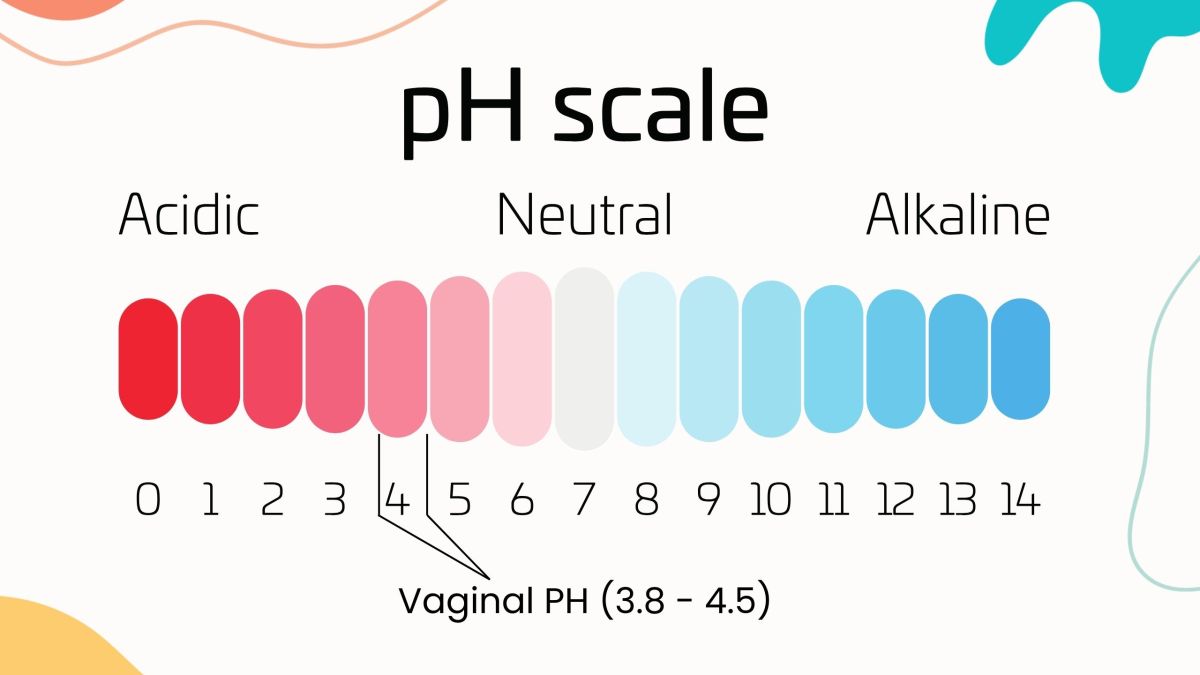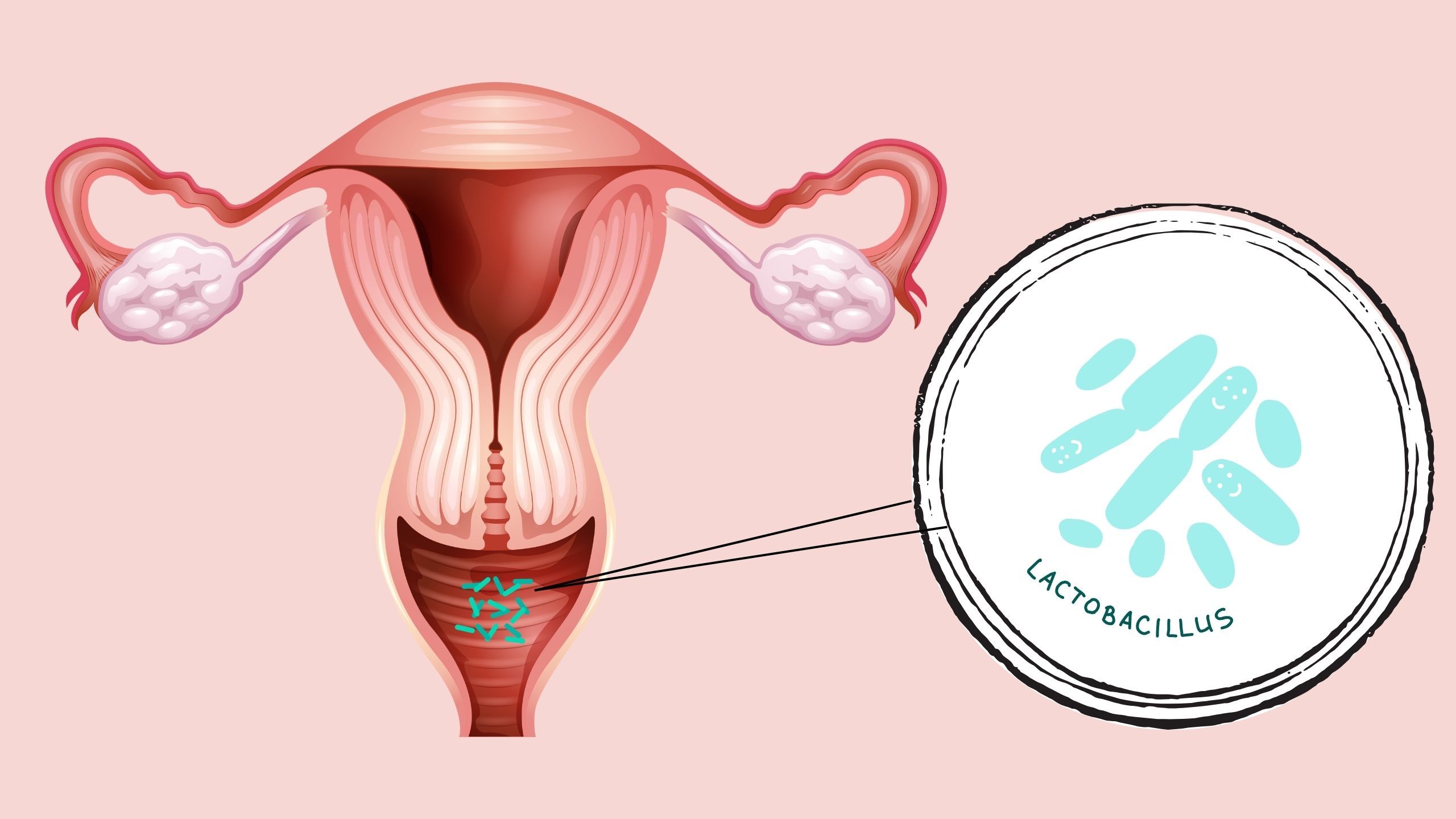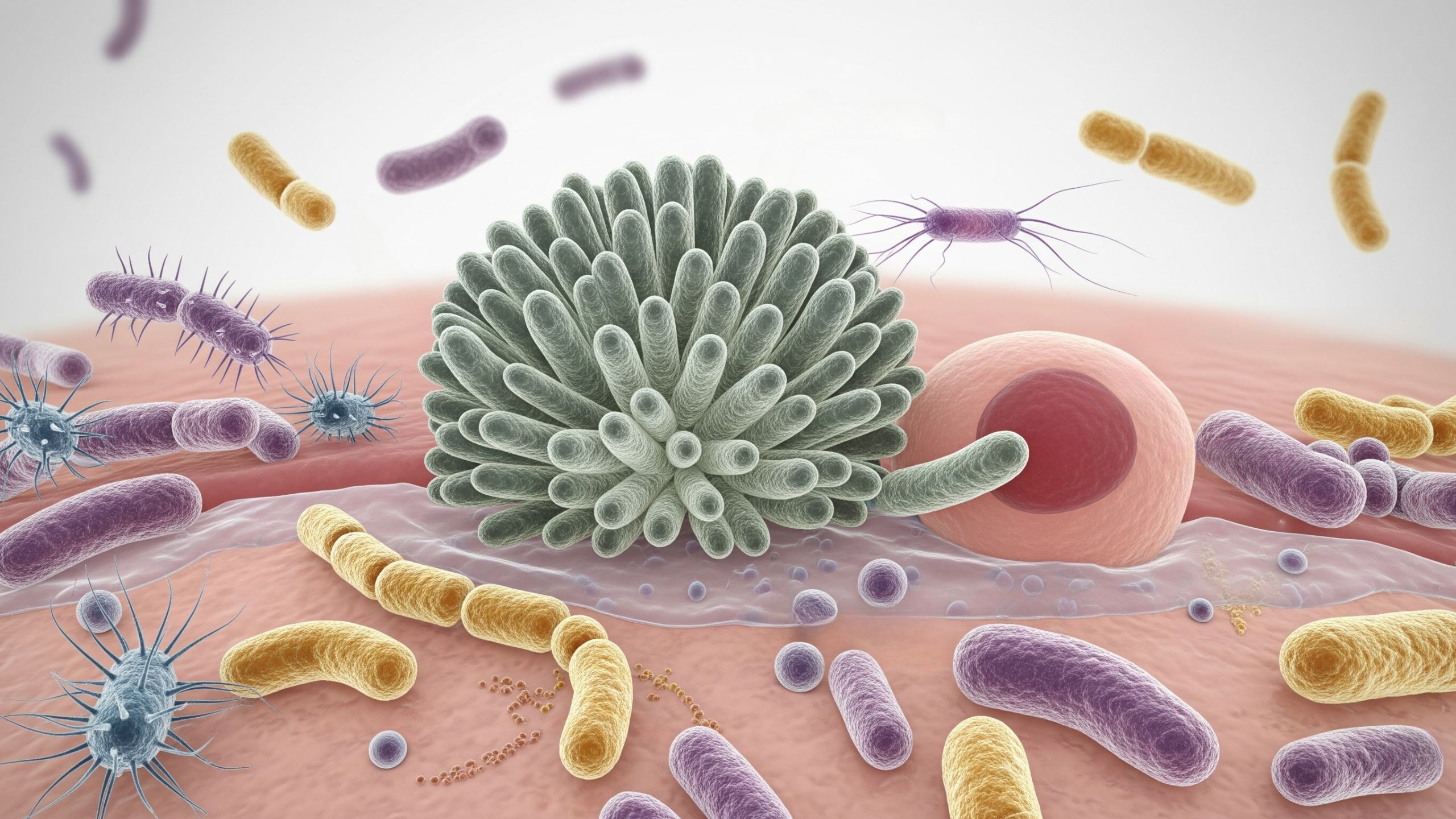What pH Balance Really Means for Vaginal Health

What pH Balance Really Means for Vaginal Health
In conversations about vaginal health, “pH balance” is one of those terms that comes up frequently—often in product marketing, wellness blogs, or medical advice. But what does it actually mean? And why does it matter? Understanding pH isn’t just a matter of science; it’s about making sense of how the body works naturally and what happens when that balance shifts.
The Basics: pH in Simple Terms
pH is a measure of acidity or alkalinity on a scale of 0 to 14. A pH of 7 is neutral, while numbers below 7 indicate acidity and numbers above 7 indicate alkalinity.
The vaginal environment is naturally slightly acidic, typically ranging between 3.8 and 4.5. This acidity plays an important protective role. It keeps the vaginal ecosystem in check, discouraging the growth of harmful bacteria while allowing beneficial bacteria—primarily Lactobacillus species—to thrive.
Why the Balance Matters
A healthy pH balance is one of the body’s frontline defenses against infection. When it remains within its normal acidic range:
-
Beneficial bacteria flourish – These “good” bacteria produce lactic acid and hydrogen peroxide, maintaining an environment that limits harmful microbes.
-
Pathogens struggle to survive – Yeast, certain bacteria, and even sexually transmitted infections are less likely to take hold in a properly balanced vaginal environment.
-
Comfort is maintained – Many common irritations such as unusual discharge, odor, and itching can be linked to shifts in vaginal pH.
When the balance is disrupted, conditions like bacterial vaginosis, yeast infections, or urinary tract infections become more likely.
What Causes Shifts in Vaginal pH?
Several factors can influence vaginal pH, some temporary and others more lasting:
-
Sexual activity – Semen has a higher pH (more alkaline), which can temporarily raise vaginal pH.
-
Menstrual cycle – Blood is also more alkaline, and menstruation can shift the balance for a short time.
-
Hormonal changes – Estrogen levels, which fluctuate through life stages such as puberty, pregnancy, and menopause, can affect vaginal acidity.
-
Antibiotics – While they target harmful bacteria, antibiotics can also reduce protective Lactobacillus populations, altering balance.
-
Products and practices – Certain soaps, douches, or scented hygiene products may disrupt natural acidity.
| Factor | Effect on pH |
|---|---|
| Sexual activity | Semen raises pH (more alkaline) |
| Menstrual cycle | Blood raises pH temporarily |
| Hormonal changes | Estrogen levels influence acidity |
| Antibiotics | Can reduce protective bacteria |
| Soaps & products | May disrupt natural acidity |
Common Myths About Vaginal pH
pH balance is often misunderstood, and misinformation can lead to confusion or unnecessary worry.
-
Myth: A “clean” vagina requires special washes or products.
Truth: The vagina is self-cleaning. Most marketed products claiming to “restore balance” may do more harm than good if they disrupt natural acidity. -
Myth: Vaginal odor always means an infection.
Truth: A natural scent is normal and varies from person to person. Only strong, persistent, or unusual changes may signal a problem. -
Myth: You can “reset” pH instantly.
Truth: The body usually restores balance on its own. Medical treatment is only necessary if symptoms suggest infection or ongoing imbalance.
When to Seek Medical Advice
It’s normal for vaginal pH to fluctuate slightly, especially around periods or after sex. But if symptoms such as itching, burning, unusual discharge, or persistent odor occur, it may be a sign of bacterial vaginosis, yeast infection, or another condition. In such cases, medical evaluation is recommended rather than self-treatment.
Supporting Vaginal Health Naturally
Maintaining pH balance is less about interventions and more about allowing the body to do its job. Here are simple practices that support natural health:
-
Avoid unnecessary scented products or douching.
-
Use breathable cotton underwear.
-
Maintain general health with balanced nutrition, hydration, and stress management.
-
Consult a healthcare provider before trying supplements or over-the-counter “pH balancing” products.
The Takeaway
pH balance is more than a buzzword—it’s a key part of the body’s natural system for protecting vaginal health. While minor fluctuations are normal, significant changes can affect comfort and increase the risk of infection. Understanding what pH balance means, what influences it, and how to support it helps separate science from marketing and encourages practical, informed care.
Q&A: Understanding Vaginal pH
Q: What is the normal vaginal pH range?
A: Typically between 3.8 and 4.5, slightly acidic to protect against harmful bacteria.
Q: Can pH fluctuate during the menstrual cycle?
A: Yes. Menstrual blood is more alkaline, so temporary changes are normal.
Q: Do I need special products to maintain pH balance?
A: No. The vagina is self-cleaning, and most scented washes or douches can disrupt natural balance.
Q: When should I see a doctor?
A: If you experience persistent itching, burning, unusual discharge, or strong odor, medical evaluation is recommended.
Q: Can diet or lifestyle affect vaginal pH?
A: Indirectly, yes. General health factors like nutrition, stress, and hydration support the body’s ability to maintain balance.
Disclaimer: The articles and information provided by the Vagina Institute are for informational and educational purposes only. This content is not intended to be a substitute for professional medical advice, diagnosis, or treatment. Always seek the advice of your physician or another qualified health provider with any questions you may have regarding a medical condition.


 English
English  Deutsch
Deutsch  Español
Español  Français
Français 




